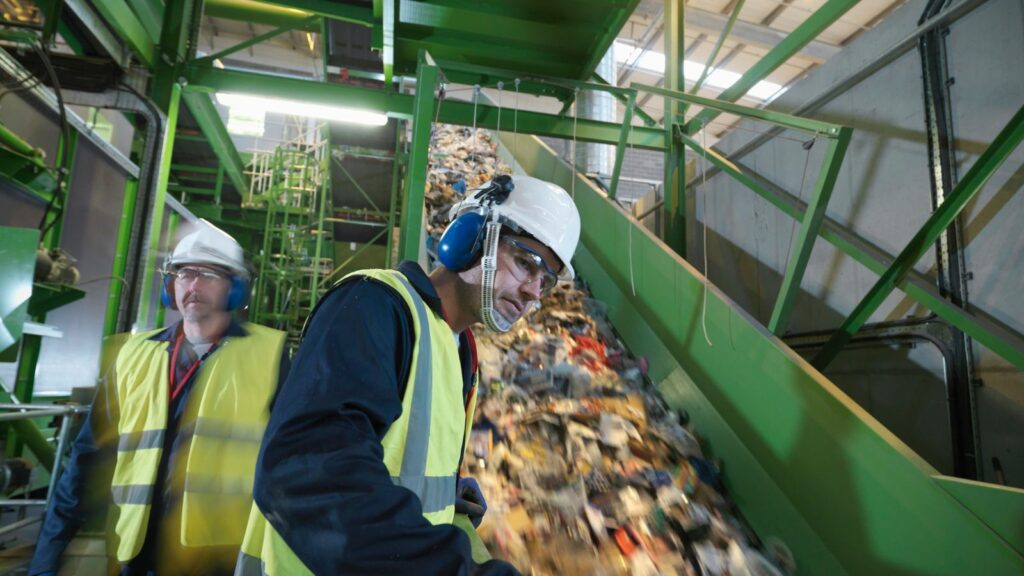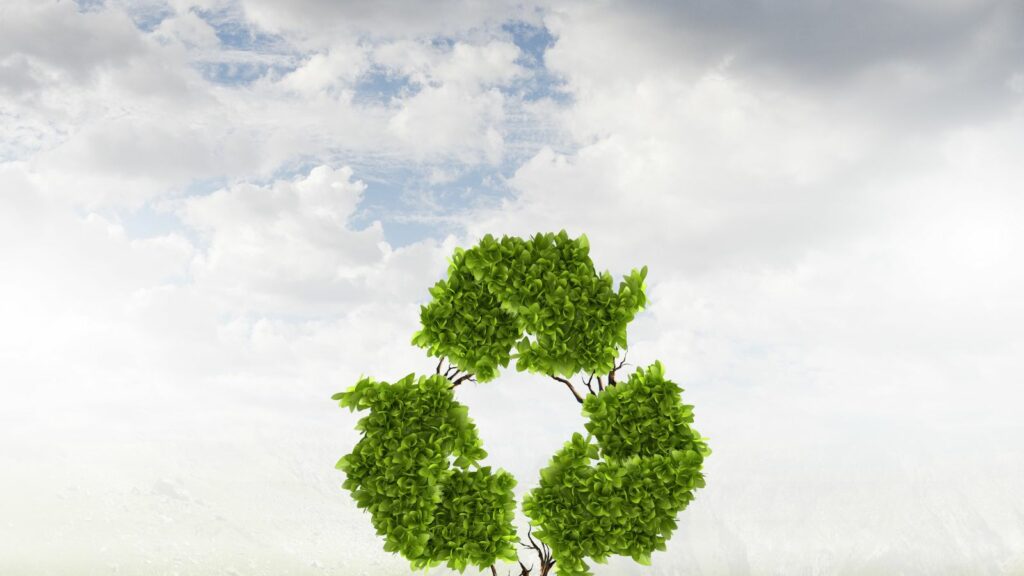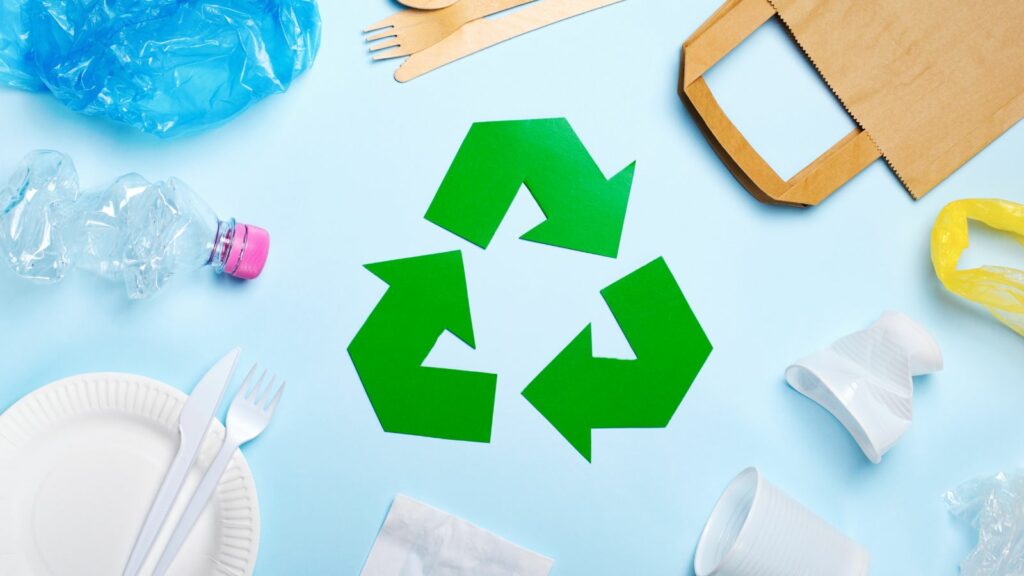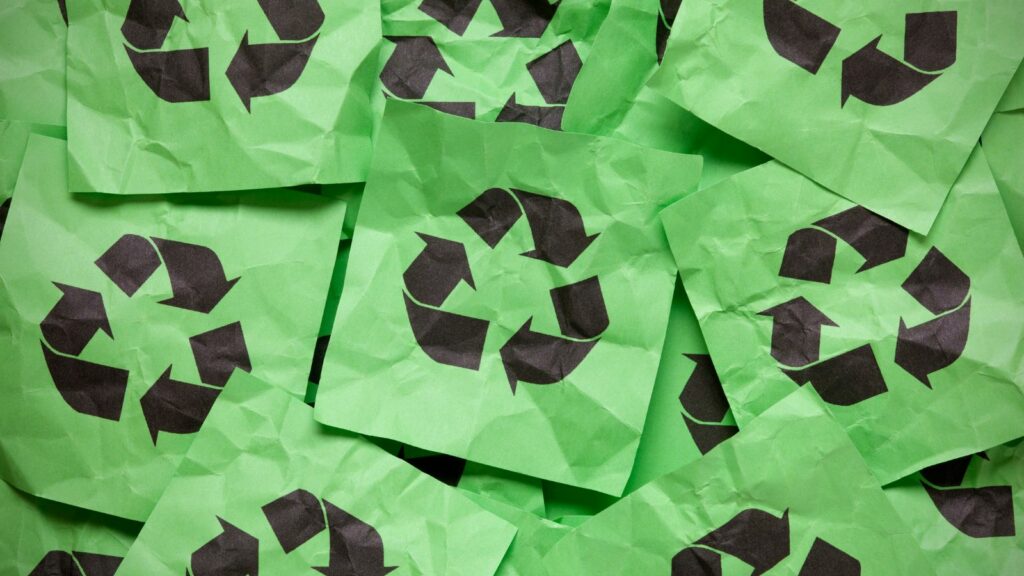Table of Contents
ToggleIn the age of rapid technological advancement, a new hero emerges: green tech recycling. It’s the beacon of hope in the fight against electronic waste, turning what was once trash into treasure. This innovative solution not only tackles the growing issue of e-waste but also promotes sustainability and resource conservation.
But what exactly is green tech recycling and why is it crucial in today’s world? This article delves into the heart of this eco-friendly revolution, providing a comprehensive insight into its workings, benefits, and future potential. From individuals to industries, it’s time to understand how this green tech innovation can reshape our environmental footprint.
Green Tech Recycling

Delving deeper into the realm of green tech recycling, we explore its definition and the manifold benefits it presents.
Green tech recycling operates as an eco-salvage system, geared towards transforming electronic waste into useful resources. Primarily, it handles the reclamation and refurbishment of discarded electronic devices. For instance, notable brands recycle their products by collecting, dissecting, and reusing their components—like Apple’s recycling program that reclaims precious metals from old devices.
The Benefits of Green Tech Recycling
The key advantages of green tech recycling go beyond just minimizing waste. Below are four significant benefits:
- Reducing Environmental Impact: Electronic devices often contain harmful substances such as lead, mercury, and cadmium. Green tech recycling ensures these substances do not end up in landfills, thereby helping to protect our environment.
- Conservation of Natural Resources: By recycling and reusing electronic components, we reduce the need for mining raw materials. As an instance, Dell’s recycling program reuses plastic components in their new computers.
- Mitigating Energy Consumption: The process of recycling electronics requires substantially less energy compared to the production of new devices from scratch. An example is the cellphone recycling industry which saves 50% more energy than producing new ones.
Challenges Faced in Recycling Green Technology

While green tech recycling possesses vast potentials, it inevitably encounters numerous hurdles, ranging from technical challenges to economic barriers.
Denouement for green technology recycling often pits against a handful of technical barriers. One fundamental issue is the complex composition of electronic waste. Devices like laptops, mobile phones, and tablets comprise a myriad of materials, including plastic, metals (like copper, gold, and silver), and hazardous substances (like lead and mercury).
Also, the swift pace of technological advancement exacerbates these challenges. Predominantly, newer devices frequently introduce novel materials, which impel recyclers to incessantly adapt and revamp their processing methods. For exemplification, the evolution of screens from cathode ray tubes to LCDs and now to OLED has multiplied the technical hurdles in screen recycling. In essence, the dynamic nature of technology itself culminates as a monumental challenge.
Current Trends in Green Tech Recycling

Innovation and global partnerships define current trends in green tech recycling. As this field responds to shifting challenges and leverages opportunities, it evolves accordingly.
Recycling technologies are evolving at an unprecedented pace. Innovations feature advanced mechanical sorting systems that break down electronic waste into constituent parts. For instance, urban mining facilities employ robotics for disassembling and extracting valuable materials from electronic waste. Equally impressive is the rising adoption of hydrometallurgical methods to recover precious metals. Developments in biotechnology also deserve mention.
Global Recycling Initiatives
Efforts to improve recycling aren’t isolated. Around the world, different initiatives aim to eliminate e-waste and promote resource conservation. The European Union’s Waste Electrical and Electronic Equipment (WEEE) Directive serves as an excellent illustration. This regulatory measure imposes responsibilities on the producers, encouraging them to design eco-friendly products and promote their recycling. Similarly, Japan’s Home Appliance Recycling Law regulates the recycling of certain discarded appliances and holds manufacturers accountable for reclaiming useful parts.



